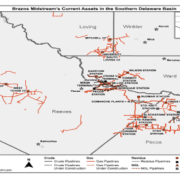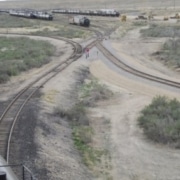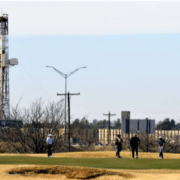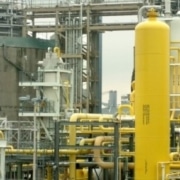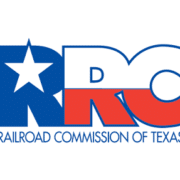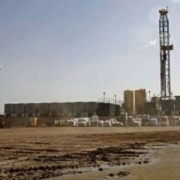Geopolitical tensions with Iran and a potential interest rate cut are coming in. This is since the US Federal Reserve sent US oil prices are up.
Oil prices soared more than five percent on Thursday. This is after Iran shot down a United States military drone. It will be raising fears of a military confrontation between Tehran and Washington.
Also supporting oil prices was a drop in US crude inventories. There are expectations that the US Federal Reserve could cut interest rates at its next meeting. This will stimulate growth in the US, which is the world’s largest oil-consuming country.
“It’s a confluence of events. There’s a looming easing cycle which is going to hit the dollar and prop up commodity prices. Moreover, there are also the tensions with Iran,”. This was said by John Kilduff, a partner at Again Capital LLC in New York.
The security premium built into oil prices could rise further as tensions between the US and Iran heat up, he said.
Brent crude, the global benchmark, rose $2.63, or 4.3 percent, closing at $64.45 a barrel. US West Texas Intermediate (WTI) crude rose $2.89, or 5.4 percent, to $56.65 a barrel.
Brent’s premium over WTI narrowed to its lowest margin since April. The change came as US crude rose more quickly than Brent due to the tailwind provided by potential Federal Reserve policy, said Bob Yawger, director of futures at Mizuho Americas in New York.
US President Donald Trump played down Iran’s downing of a US military drone, saying he suspected it was shot by mistake and that “it would have made a big difference” to him if the remotely controlled aircraft had been piloted.
While the comments appeared to suggest Trump was not eager to escalate the latest in a series of incidents with Iran, he also warned that “this country will not stand for it”.
Read the full article here
Source: aljazeera.com
If you have further questions related to the topic above, feel free to reach out to us here.





